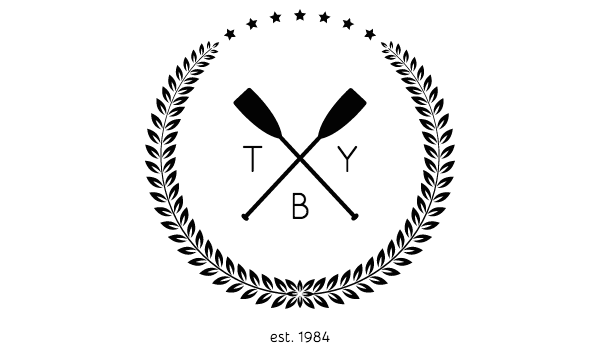Degree of Socialness
While humans can easily handle fourth-order intentionality chains like "I think that X thinks that Y thinks that Z thinks something", nonhuman primates seem to be capable of handling only first or second-order intentionality chains. This difference is thought to correspond to our greater social skills. (No wonder why “four” is often taken as an optimum number of active characters in any given movie scene. Spectators desire to be stimulated to the upper bound of their capabilities.)
The degree of mind-simulation capability determines the size of the Dunbar's number, which for humans is 150 and defined as the "cognitive limit to the number of people with whom one can maintain stable social relationships—relationships in which an individual knows who each person is and how each person relates to every other person."
Some people are apparently even capable of handling sixth-order intentionality chains. In other words, they are both physically and mentally six degrees away from any other person in the world. (i.e. They can mentally simulate their entire social network one-intentionality-chain at a time.)
Children start to demonstrate theory of mind at roughly around the same time that they start to recognise themselves in the mirror. “You have to be aware of yourself in the first place in order to begin to take into account what other people may know, want, or intend to do,” Gallup says. He notes that people with schizophrenia often cannot recognise themselves in the mirror, and they struggle with theory of mind as well.
What Do Animal See in a Mirror? - Chelsea Wald
We understand others via empathy which is the ability of put oneself in other's place. Hence, it is not surprising that you are able to recognise yourself in the mirror only once you are able to formulate first-order intentionality chains. (You are literally projecting yourself onto your reflection.)
In the time between the original Homo species and ourselves, the brain doubled in size. A disproportionate share of that growth occurred in the frontal lobe, and so it stands to reason that the frontal lobe is the location of some of the specific qualities that make humans human. What does this expanded structure do to enhance our survival ability to a degree that might have justified nature's favouring it? ...In addition to regions associated with motor movements, the frontal lobe contains a structure called prefrontal cortex. "Prefrontal" means, literally, "in front of the front" and that's where the prefrontal cortex sits, just behind the forehead. The prefrontal cortex is responsible for planning and orchestrating our thoughts and actions in accordance with our goals, integrating conscious thought, perception and emotion; it is thought to be the seat of our consciousness.
Subliminal - Leonard Mlodinow (Page 102-103)
The fact that the size of a species' neocortex as a percentage of its whole brain is correlated with the size of its social group implies that the relationship between self-consciousness and intentionality chains extends to higher orders too.
By the way, isn't it poetic that we feel a tender desire to touch our foreheads with the loved ones? We are literally trying to merge our consciousnesses!
Degree of Consciousness
Since consciousness is just a model of the brain itself (as pointed out in the previous blog post), we expect the volume reserved to consciousness (presumably the neocortex) to grow at the same rate as the volume of the whole brain (what is being modelled). Relative increases in the size of the neocortex as a percentage of the whole brain could be due to improvements in the fidelity of the models themselves.
Hence, one could define "higher degree" of consciousness as any of the following equivalent statements:
Higher fidelity cognitive models
Less information being lost during the cognitive modelling processes
Higher number of nested past selves one can be cognisant of at any given moment in time
Armed with this definition, the conclusion of the previous section can be rephrased as follows: The more "copies" of ourselves available to us at any given moment in time, the deeper we can simulate other minds. In other words, conscientiousness and consciousness are in some sense the same thing.
Degree of Smartness
Remember the old blog post on empathy and truth?
There we claimed that empathy allows one to get closer to truth since understanding takes place through causal statements like "A -> B" and these statements can be internalised only by literally putting ourselves in places of whatever A and B are. In other words, mental simulation of inanimate phenomena uses the same principle as that of social phenomena.
The aim of science is not things themselves, as the dogmatists in their simplicity imagine, but the relations among things; outside these relations there is no reality knowable.
- Henri Poincare
What the great mathematician Poincare is saying here is that all understanding is relational. A and B literally have to be taken as black boxes. The only thing that we can probe is the relationship between them as depicted by the arrow sign "->". (Note that this is the essence of Category Theory.)
In some sense, the conscious self is the most canonical black box at our disposal. (We can not peek into the pronoun "I".) By projecting ourselves onto A, we temporarily replace A with "I" to gain an understanding of A's relationship with other objects.
Summing up, the degrees of all of the following are correlated via the notion of empathy:
Socialness - as defined by the experimentally-measurable maximum-length of intentionality chains one is capable of simulating
Consciousness - as defined by the experimentally-inaccessible maximum-number of nested past selves one can be cognisant of at any given moment in time
Smartness - as defined by the experimentally-measurable maximum-length of causality chains one is capable of simulating

